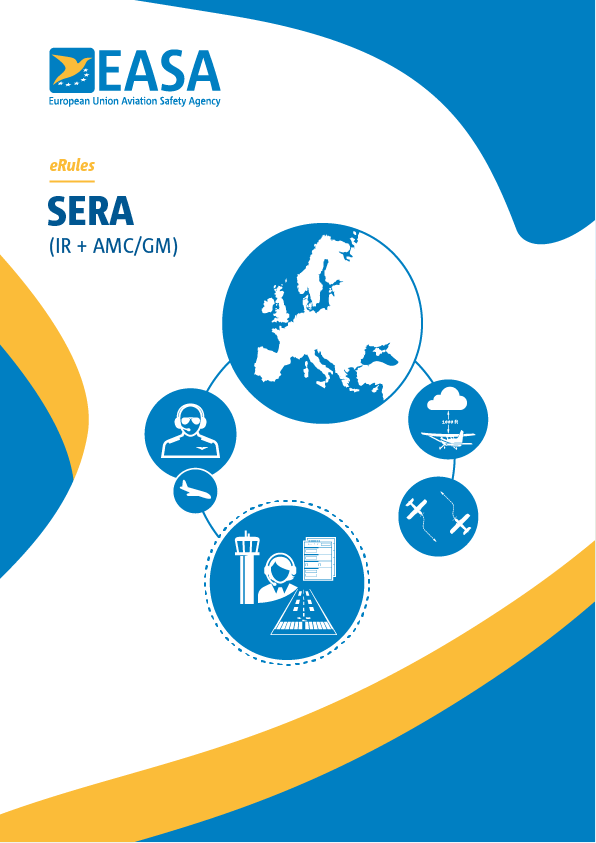Regulation (EU) 2016/1185
(a) Alerting service shall be provided by the air traffic services units:
(1) for all aircraft provided with air traffic control service;
(2) in so far as practicable, to all other aircraft having filed a flight plan or otherwise known to the air traffic services; and
(3) to any aircraft known or believed to be the subject of unlawful interference.
(b) Unless otherwise prescribed by the competent authority, aircraft equipped with suitable two-way radio-communications shall report during the period 20 to 40 minutes following the time of the last contact, whatever the purpose of such contact, merely to indicate that the flight is progressing according to plan, such report to comprise identification of the aircraft and the words ‘Operations normal’.
(c) The ‘Operations normal’ message shall be transmitted air-ground to an appropriate ATS unit.
ED Decision 2024/007/R
ALERTING SERVICE — PROMULGATION OF NOTAMs FOR SEARCH AND RESCUE OPERATIONS
It may be advisable, in case of a search and rescue operation of a substantial duration, to promulgate by NOTAM the lateral and vertical limits of the area of a search and rescue action, and to warn aircraft not engaged in actual search and rescue operations and not controlled by air traffic control service to avoid such areas unless otherwise authorised by the appropriate air traffic services unit.
ED Decision 2016/023/R
The absence of an ‘operations normal’ message does not constitute a situation of urgency. In the absence of such a report, ATS should endeavour to contact the aircraft on available frequencies. A failure to contact the aircraft could lead to any type of measure including the declaration of ‘uncertainty phase’.
SERA.10005 Information to aircraft operating in the vicinity of an aircraft in a state of emergency
Regulation (EU) No 923/2012
(a) When it has been established by an air traffic services unit that an aircraft is in a state of emergency, other aircraft known to be in the vicinity of the aircraft involved shall, except as provided in (b), be informed of the nature of the emergency as soon as practicable.
(b) When an air traffic services unit knows or believes that an aircraft is being subjected to unlawful interference, no reference shall be made in ATS air-ground communications to the nature of the emergency unless it has first been referred to in communications from the aircraft involved and it is certain that such reference will not aggravate the situation.
